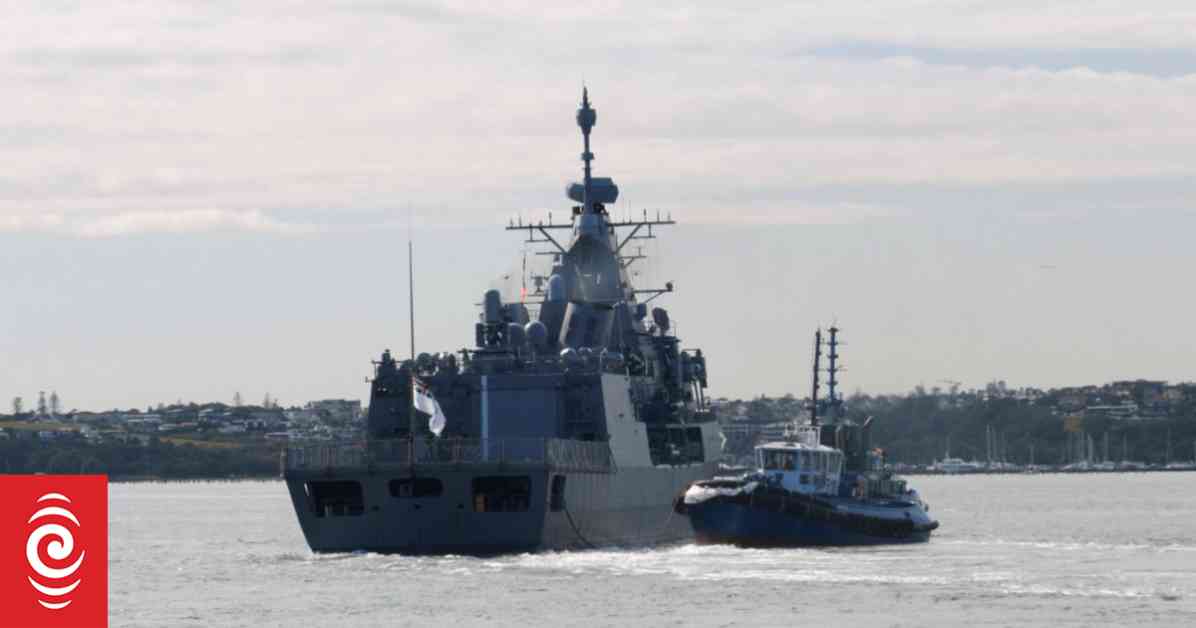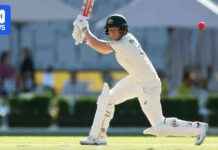The Royal New Zealand Navy’s ship, Te Kaha, embarked on a critical mission on February 12th, leaving Auckland to join a task force in the Middle East. This voyage underscores the pressing need for New Zealand to invest in defense to navigate the troubled waters of an increasingly volatile world.
**The Call for Action**
Defense experts have sounded the alarm, highlighting the inadequacy and underfunding of New Zealand’s aging navy in safeguarding our waters. The prevailing notion that New Zealand is shielded by its geographic remoteness has been shattered by recent events. Reports emerged of three Chinese navy ships cruising in international waters off the coast of Sydney, raising concerns about their potential trajectory towards Pacific Islands nations—a move deemed “unusual” and “provocative.”
Former Defence Minister Ron Mark emphasizes the imperative of acknowledging the evolving global landscape. He cautions against complacency, stressing the unpredictability of tomorrow’s security environment. New Zealand’s exclusive economic zone, spanning 11 percent of the Earth’s surface, demands robust protection measures that cannot be achieved through budgetary constraints. The sacrifices made by military personnel in the face of such challenges underscore the urgency for enhanced defense capabilities.
**The Growing Threat**
David Capie, director of Victoria University’s Centre for Strategic Studies, underscores the escalating threats necessitating New Zealand to bolster its defense posture independently and in collaboration with allies like Australia. Against the backdrop of China’s naval presence near Sydney, Defense Minister Judith Collins remains vigilant, closely monitoring the situation. Professor Rory Medcalf of the Australian National University underscores the need for proactive defense spending to deter potential military encroachments.
**Charting a Path Forward**
Prime Minister Christopher Luxon’s commitment to elevating defense spending to two percent of GDP signals a pivotal shift towards fortifying New Zealand’s security architecture. The impending release of the Defence Capability Plan promises a strategic roadmap for addressing critical areas requiring investment. Capie stresses the urgency of modernizing New Zealand’s naval fleet, pointing out the impending obsolescence of existing vessels.
As New Zealand navigates the complexities of safeguarding its interests, Mark emphasizes the need for prioritizing personnel welfare and security. The tangible impact of underinvestment resonates in the substandard living conditions endured by military personnel, underscoring the need for comprehensive reform. By bolstering defense capabilities, New Zealand not only secures its own safety but also solidifies relationships with trading partners reliant on a stable security environment.
In conclusion, the imperative to invest in defense resonates as a clarion call for New Zealand to navigate the choppy waters of a rapidly evolving global landscape. The forthcoming Defence Capability Plan offers a beacon of hope in charting a course towards a more secure future. As the nation stands at a crossroads, the decisions made today will reverberate in shaping New Zealand’s security posture for years to come.

















